Orders are now being taken for the new Peugeot Peugeot 208, in petrol, diesel and electric form, ahead of customer deliveries of the new Peugeot supermini beginning in early 2020.
The new Ford Fiesta rival is priced from £16,250 in Active trim, powered by a 75bhp 1.2-litre petrol engine. Entry-level models receive 16in wheels, automatic brake assist, heated wing mirrors, automatic air conditioning and Peugeot's i-Cockpit infotainment system.
Prices rise to £17,350 with a 99bhp turbocharged engine, while mid-spec Allure trim with the same engine is £18,850. The eight-speed automatic gearbox option adds £1400 to the spec, but 17in wheels, a black B-pillar and leather-style seats are standard at this level.
Range-topping GT-Line trim starts from £20,700, and includes mood lighting, twin-exhausts and a black contrasting roof. On GT-Line and EV-specific GT trim, black wheel arch extensions are applied because the two versions get a 12mm-wider track than lesser 208s. On the GT-Line, it’s for effect only, but the EV’s powertrain necessitates it because its front axle has a wider stance. Peugeot’s designers, like a lot of companies, would prefer the 208 to feature larger wheels, but “in this segment, cost is important”, said Yann Beurel, the 208’s design manager.
All trim levels can also be equipped with a 1.5-litre diesel engine from £18,850, but more interesting is the pricing of the 136bhp all-electric variant.
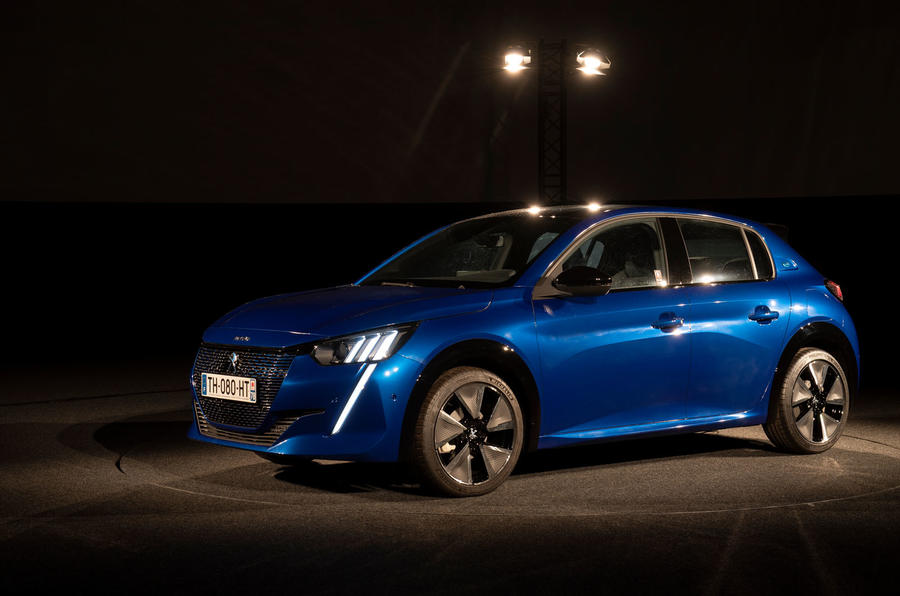
The Peugeot Peugeot e-208 starts from £25,050 in base Active form, with four trim levels topped out by bespoke GT spec, maxing the range out at £29,650. That pricing includes the £3500 government grant and a high-speed domestic charging cable, which is claimed to be capable of charging the e-208 in 7.5 hours from a 7kW charging point. Top-spec models feature adaptive cruise control, a stop-start system, lane assist, Alcantara interior trim and a larger 10in infotainment display.


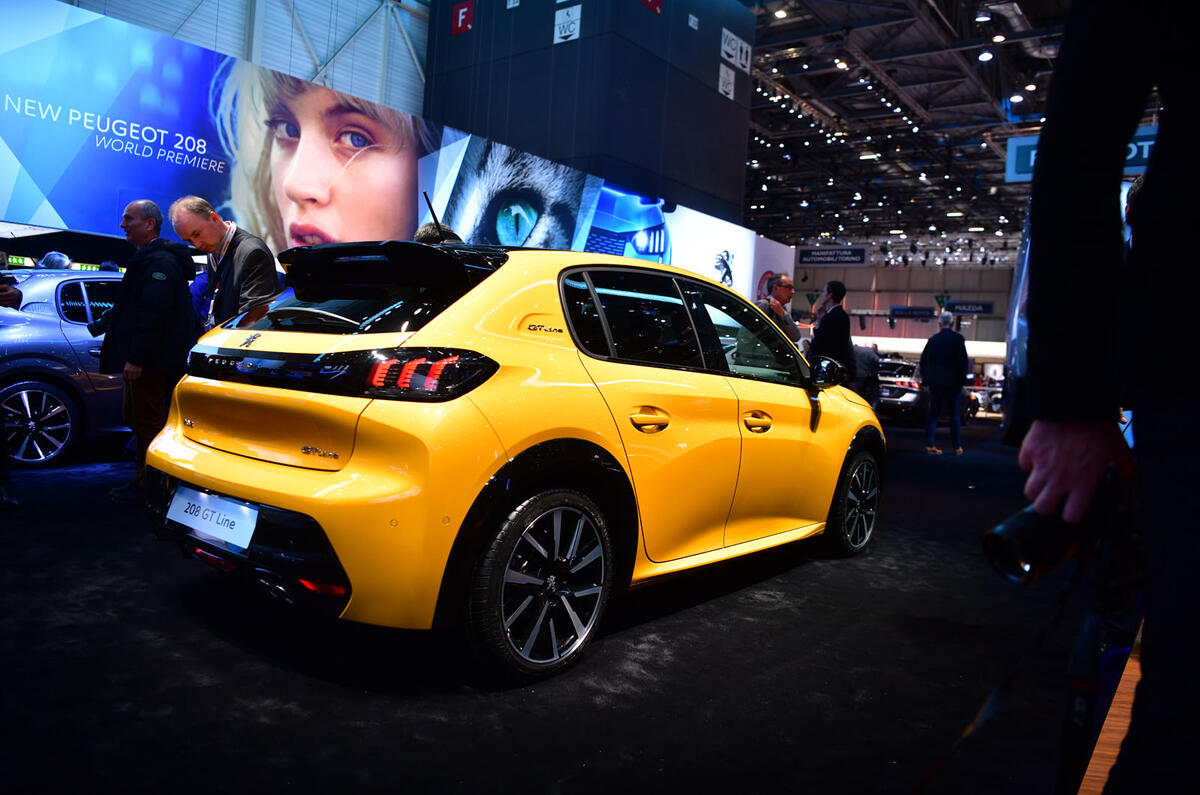
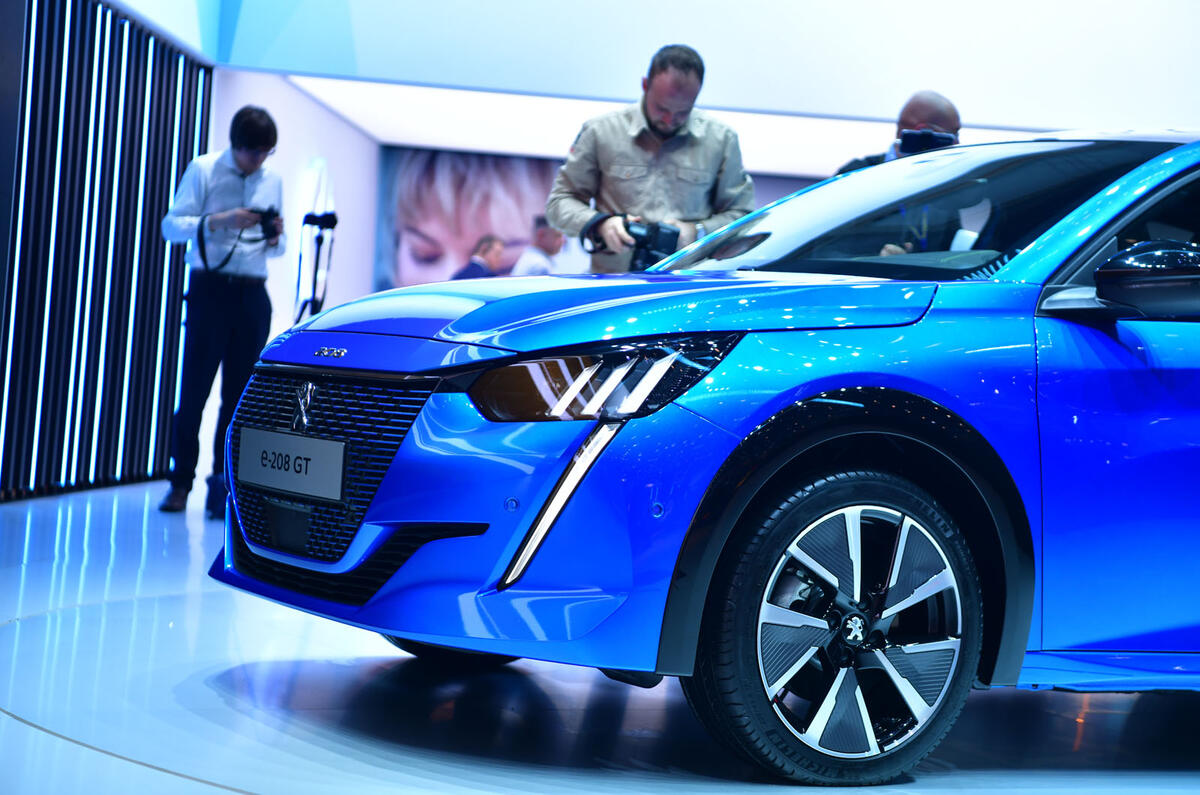
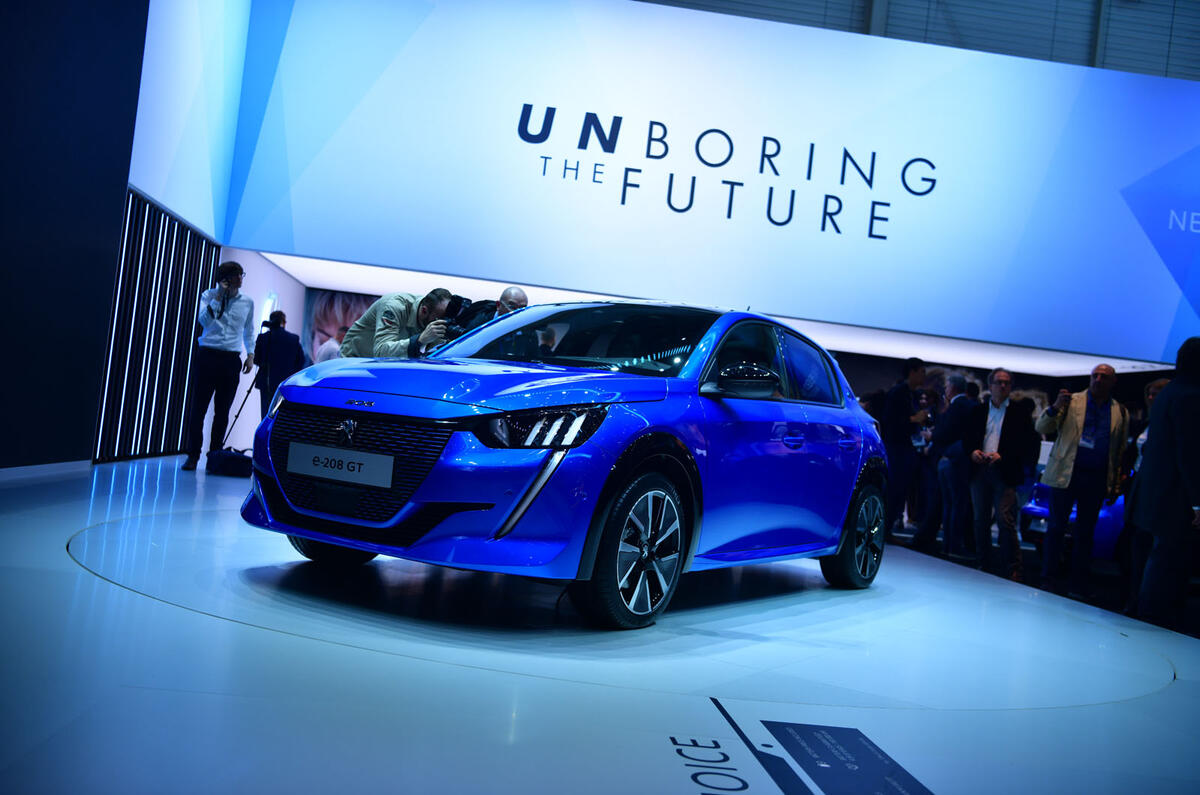
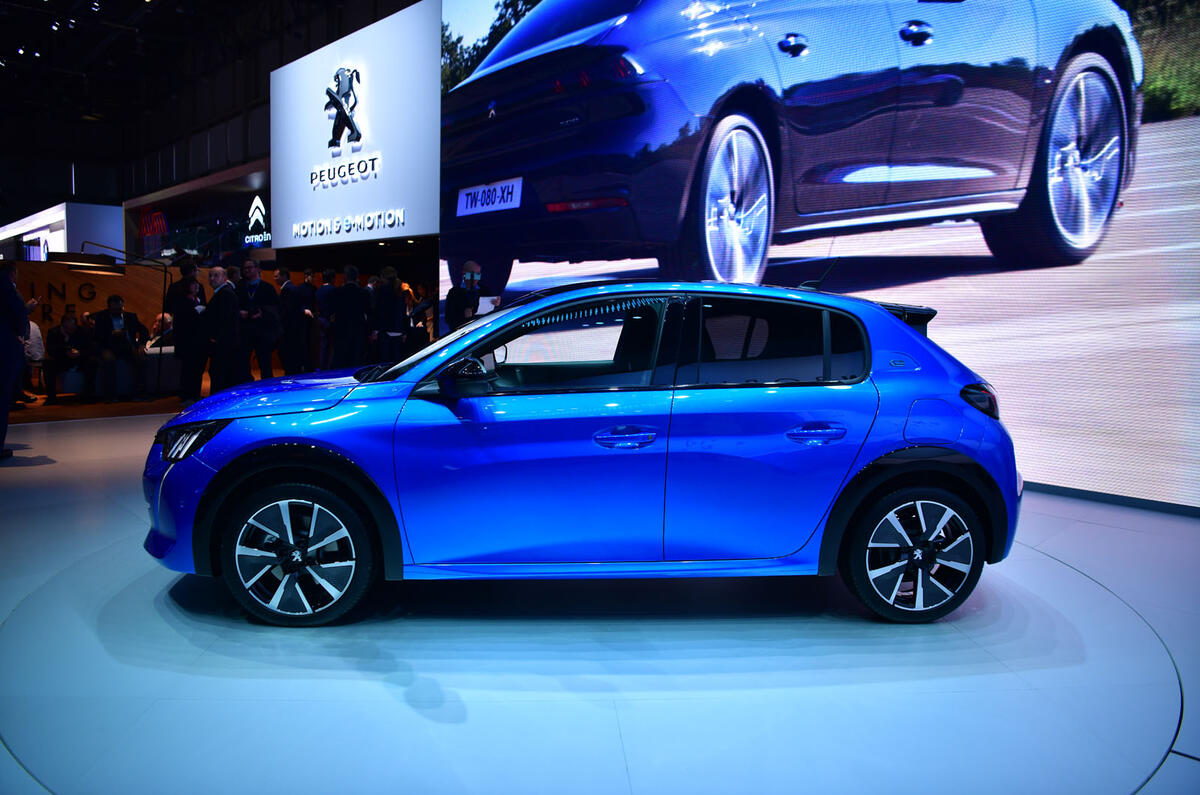
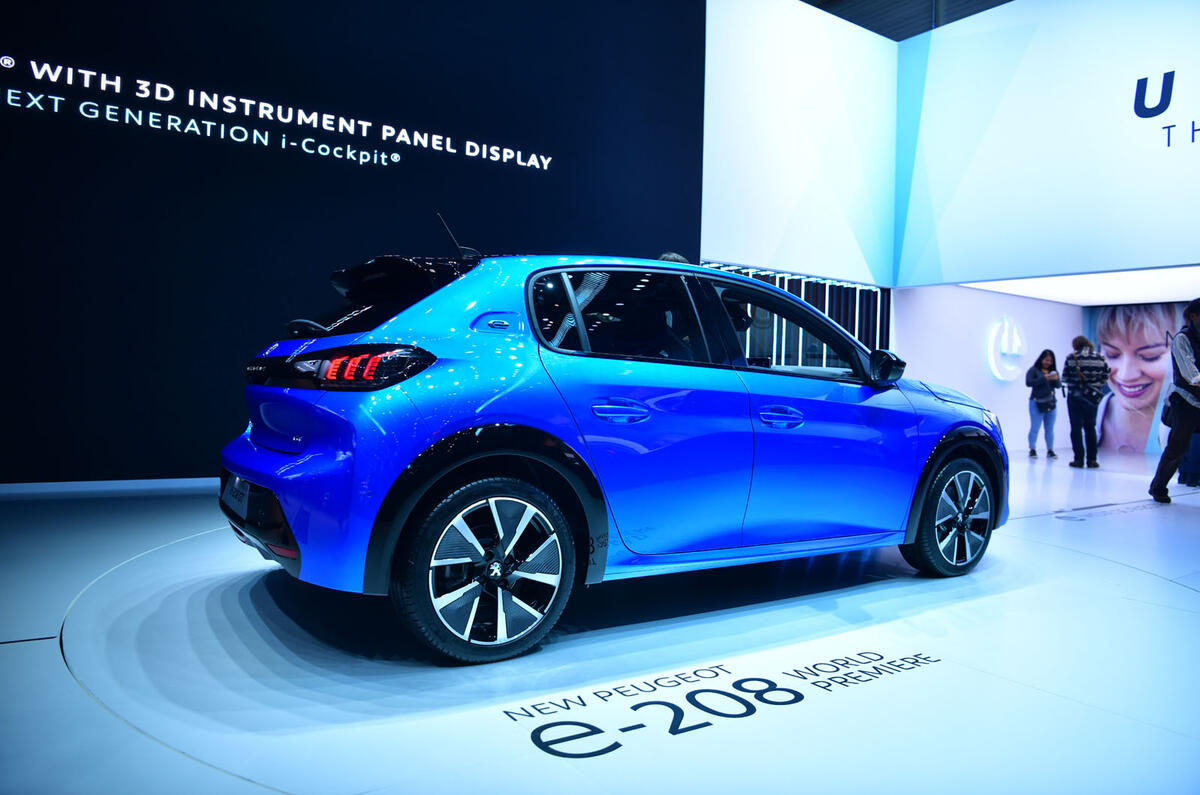
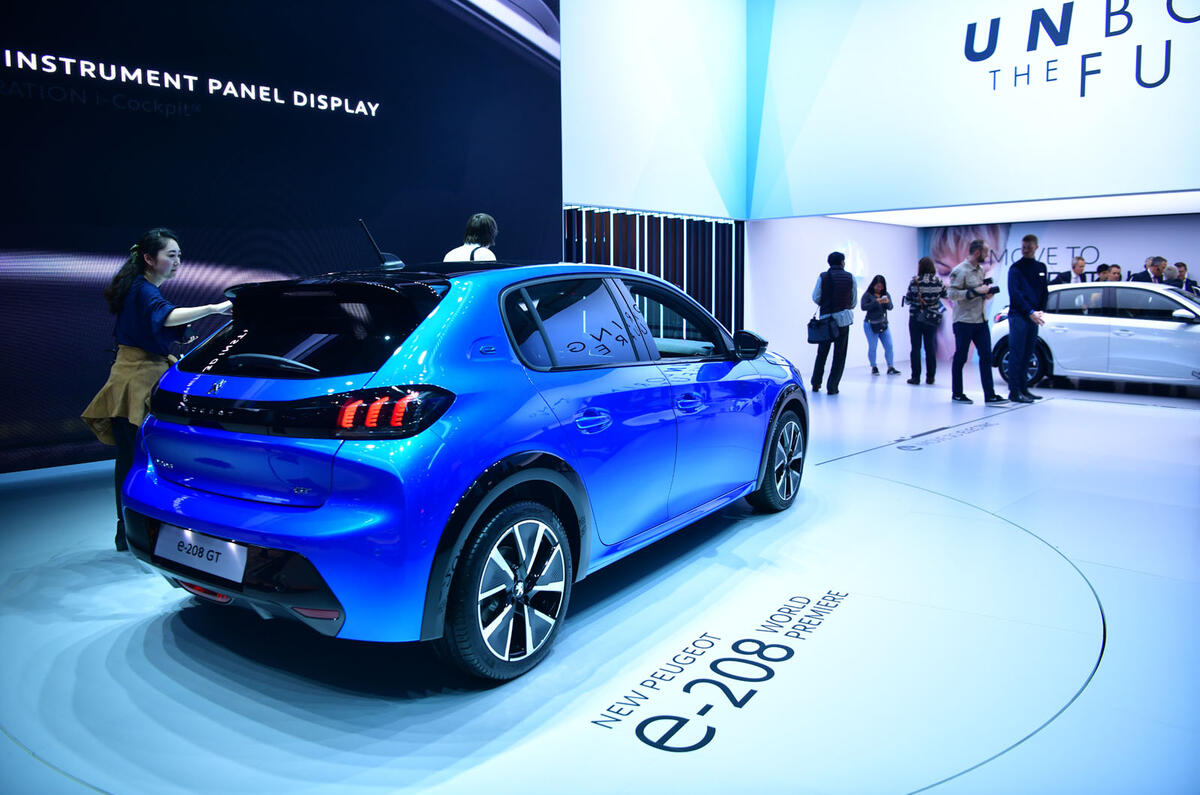
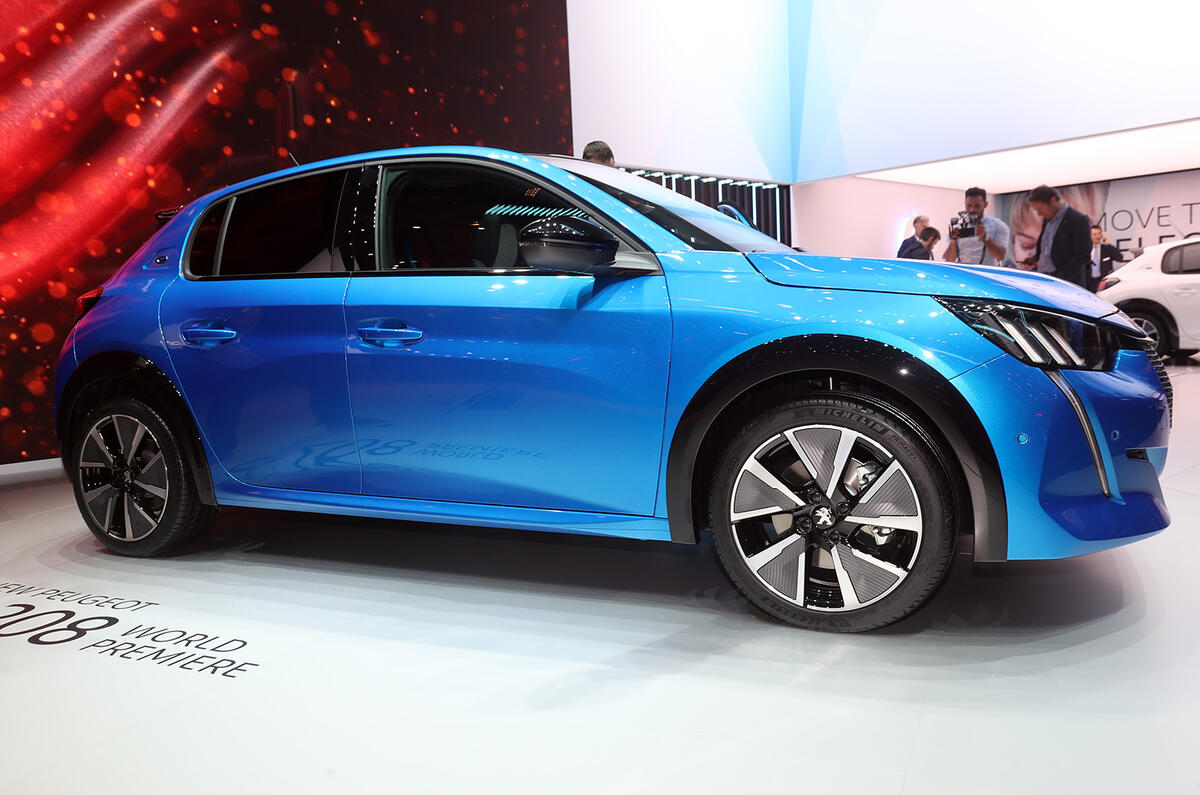
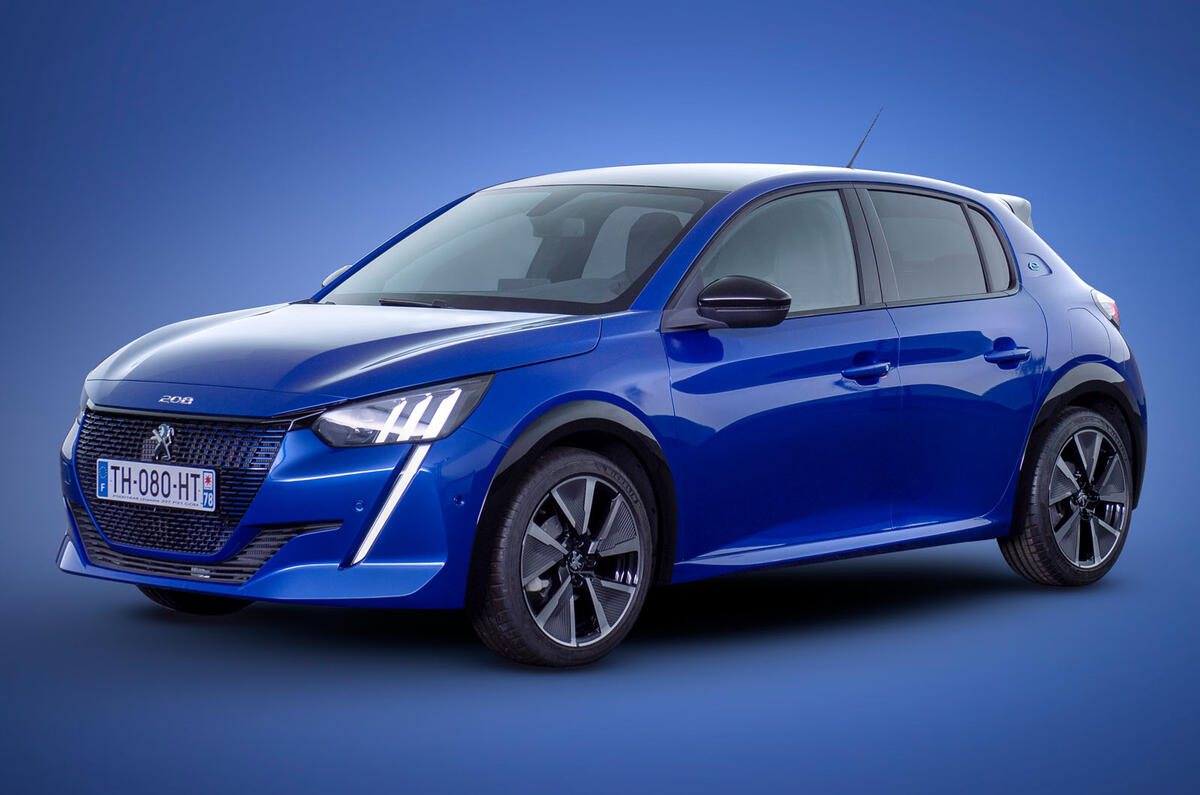
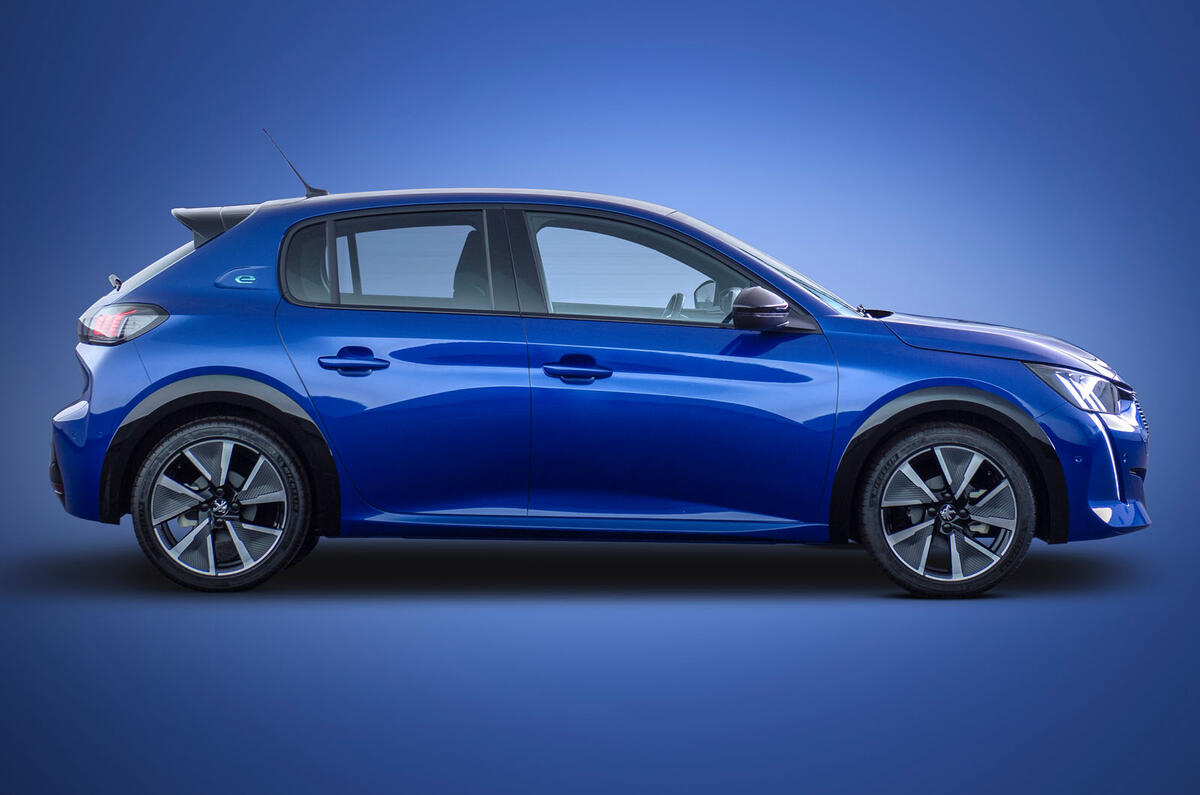
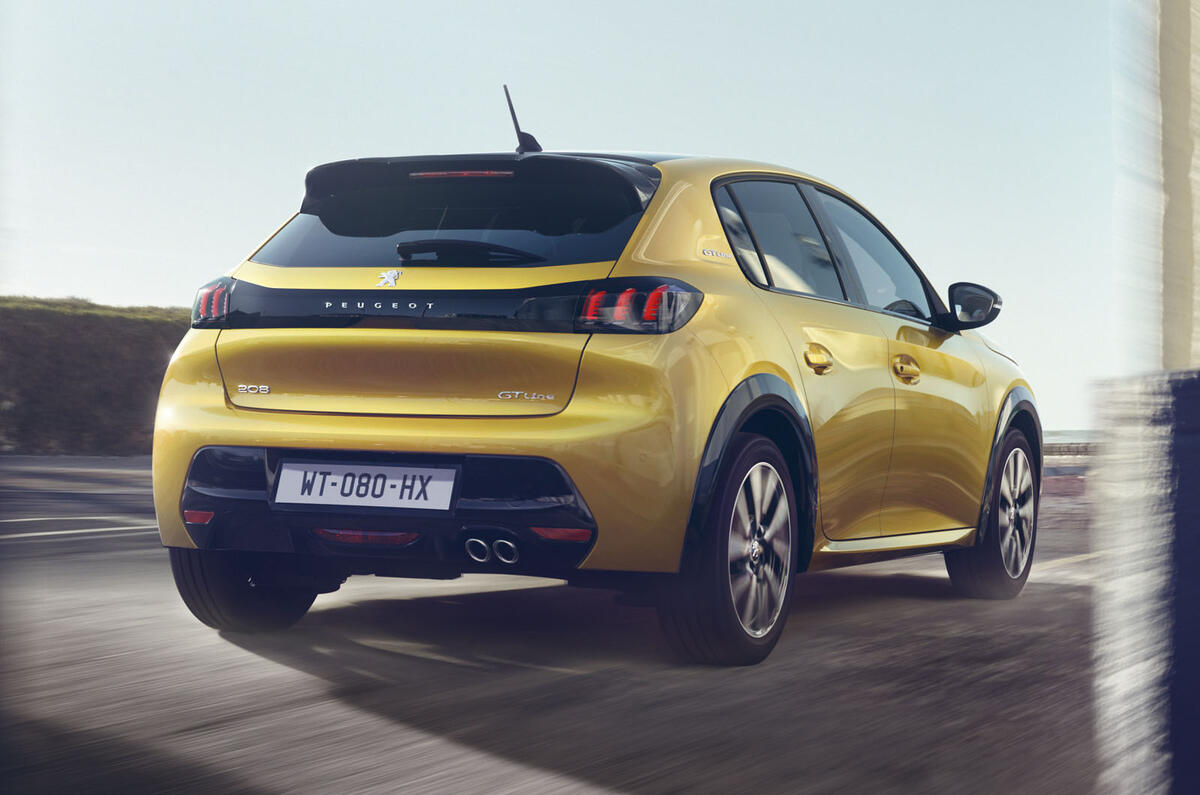
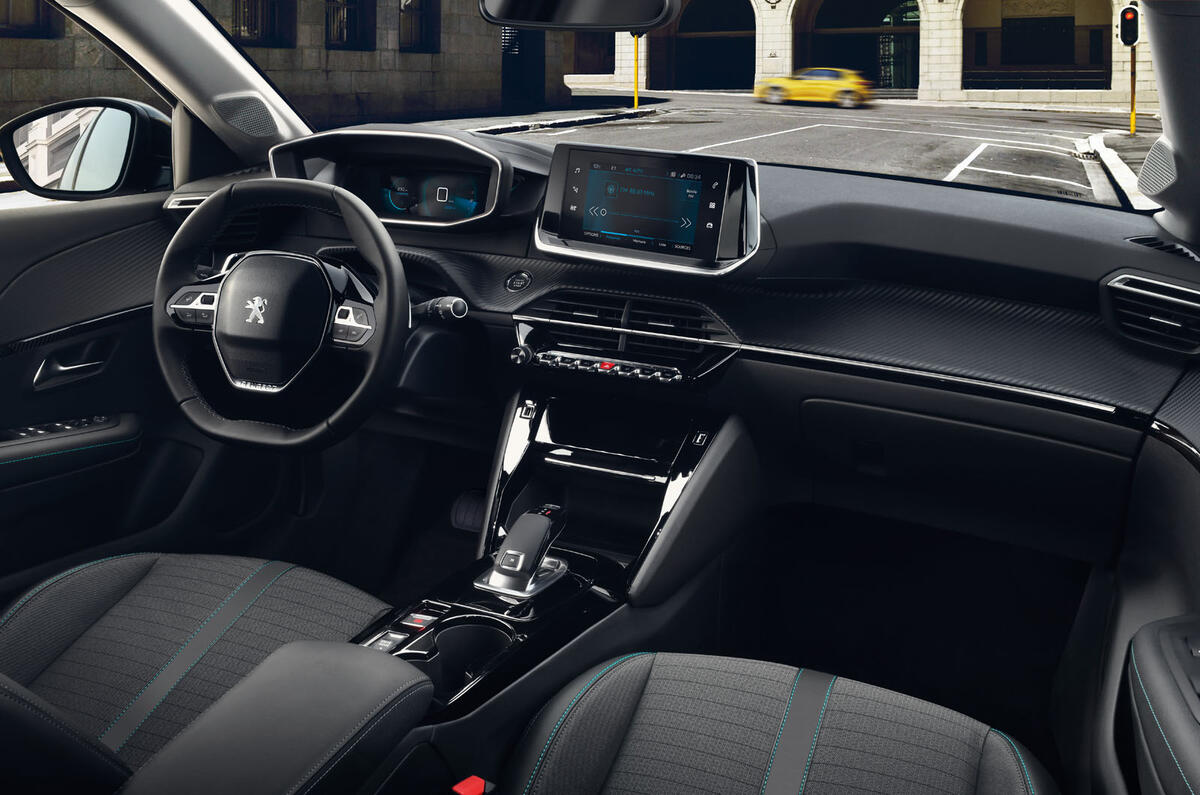
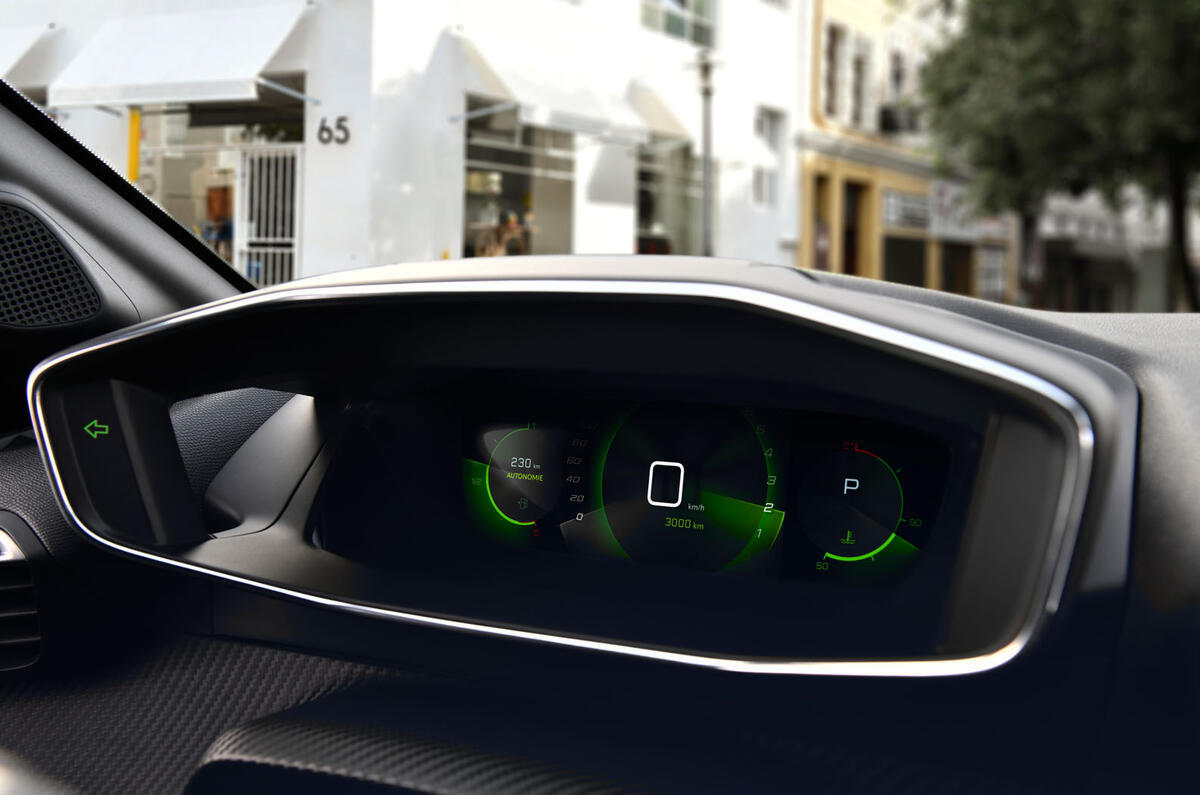
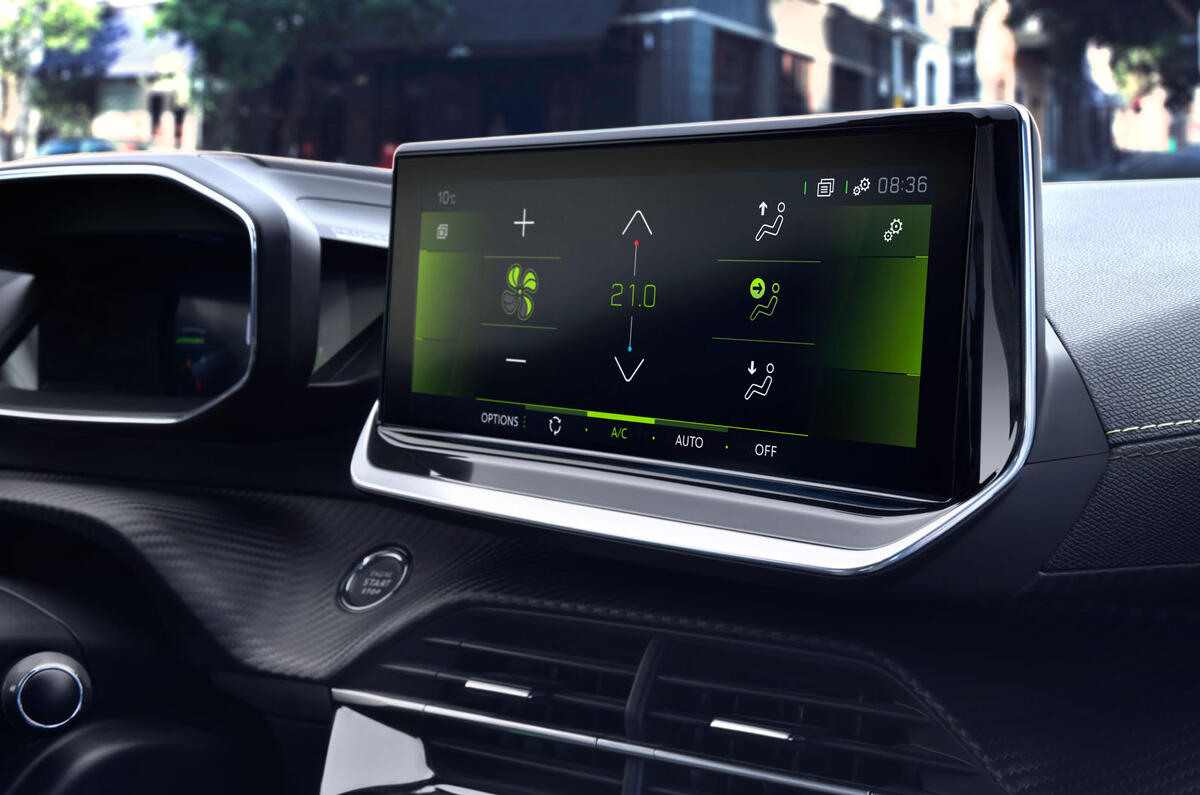
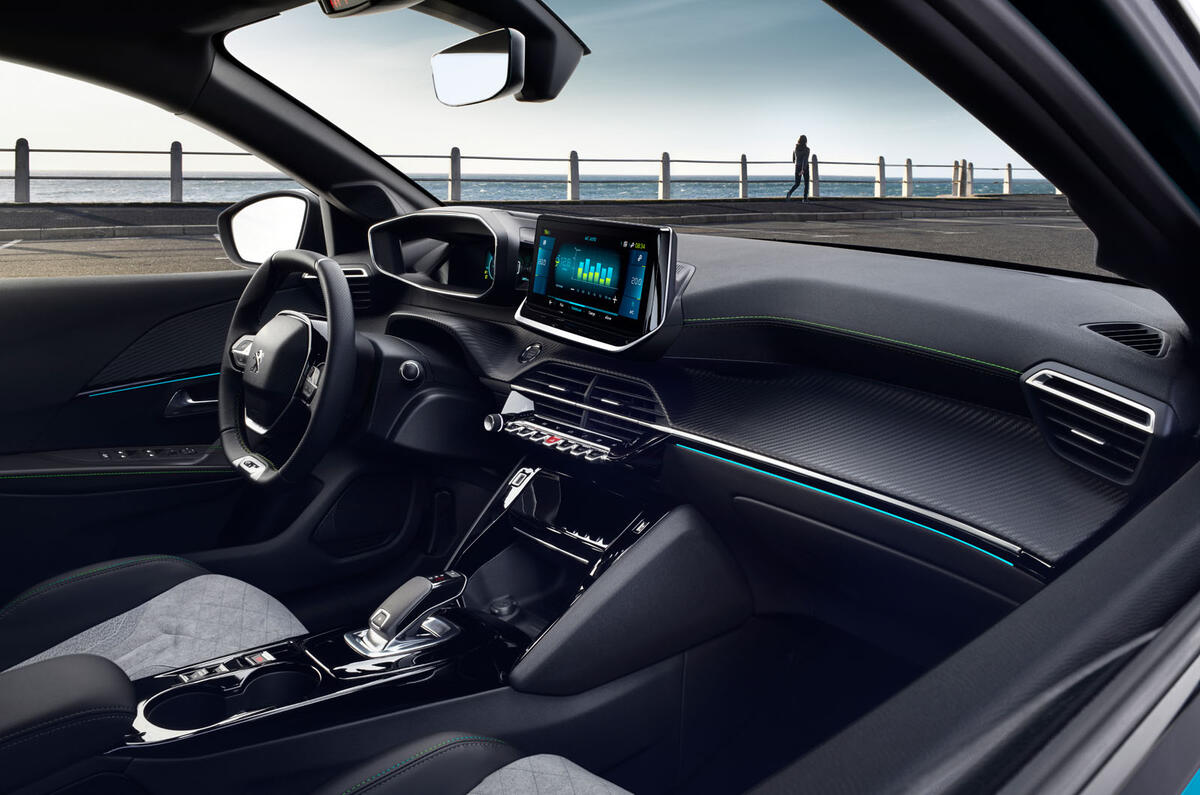
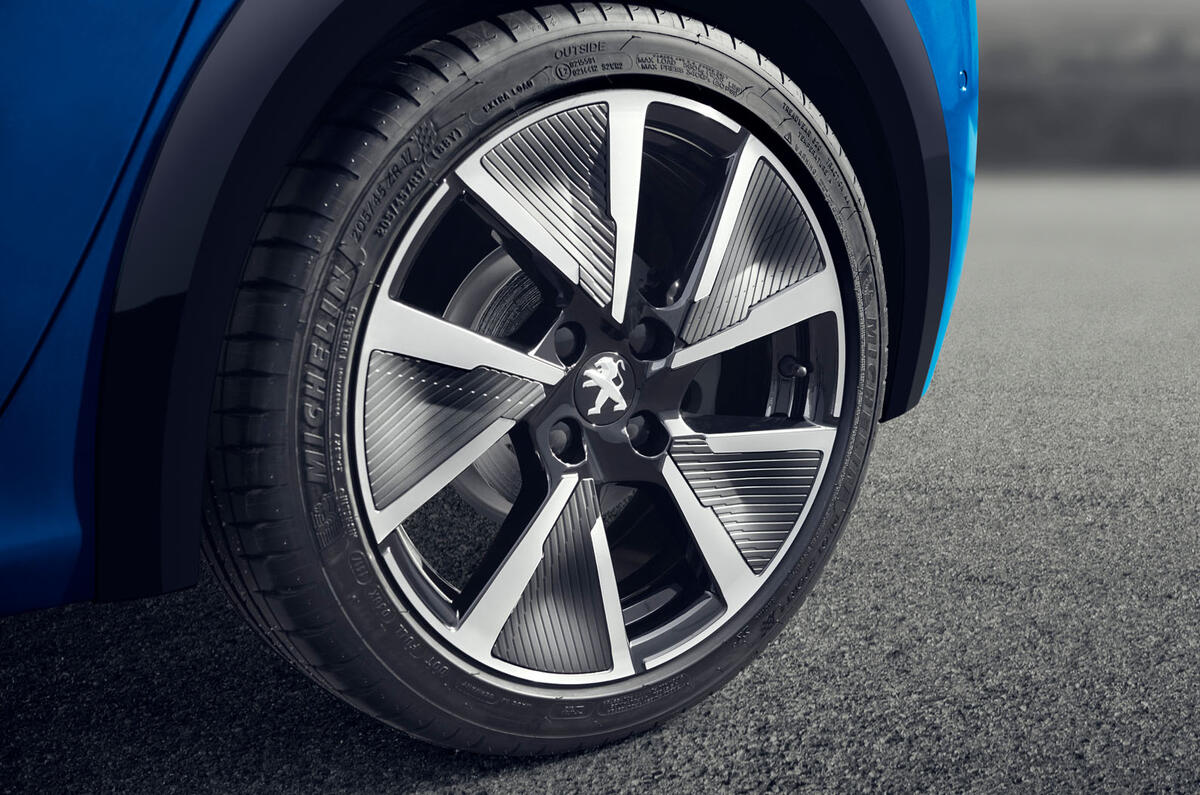
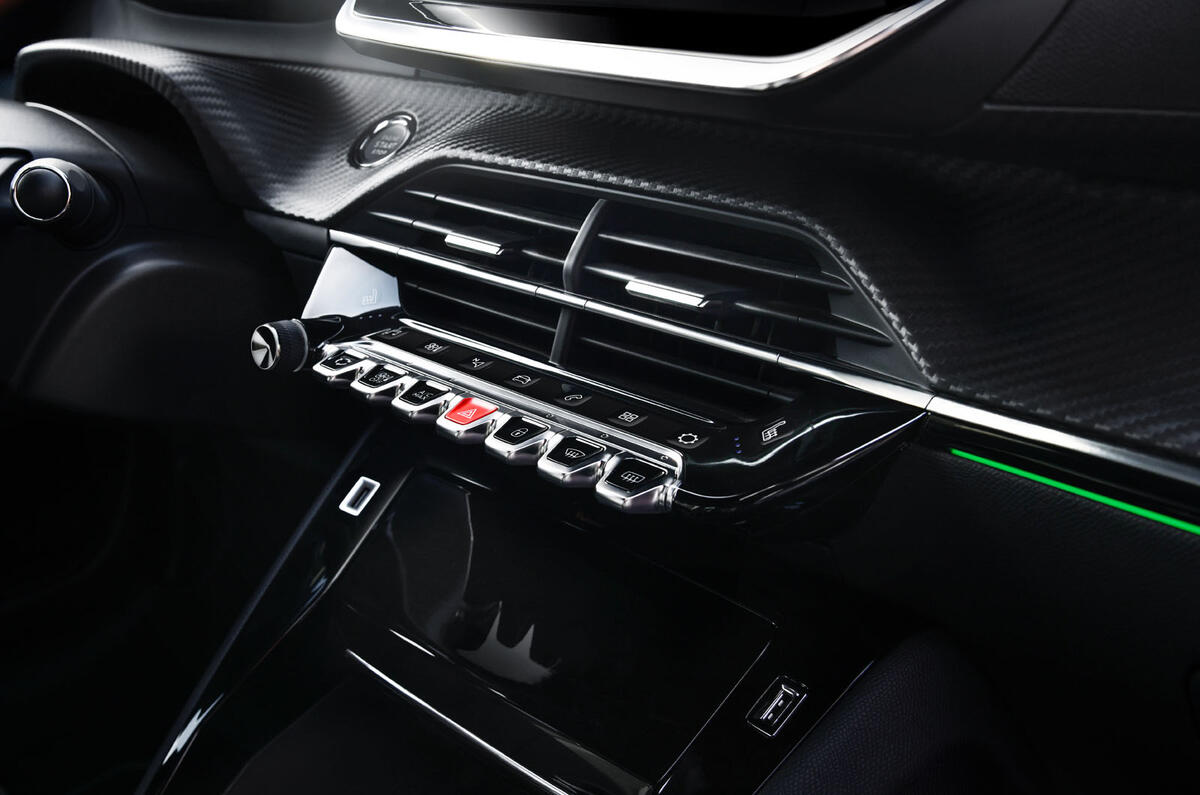
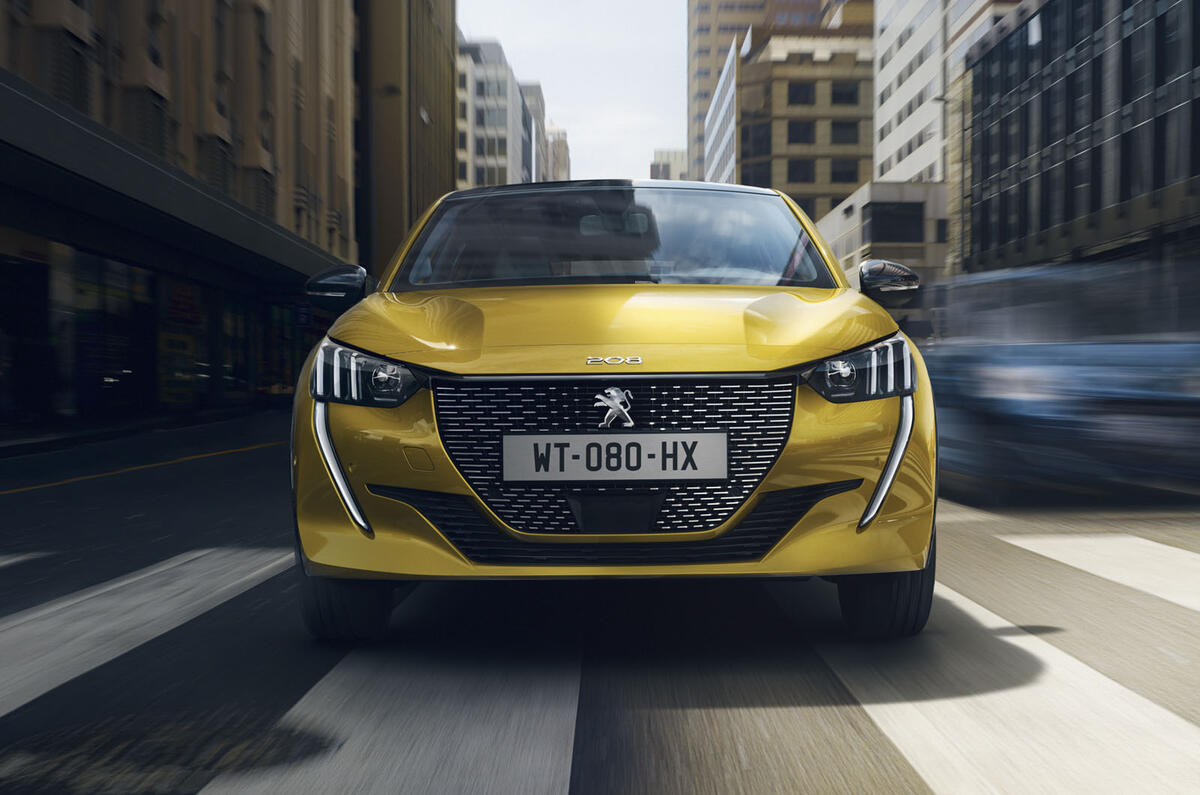
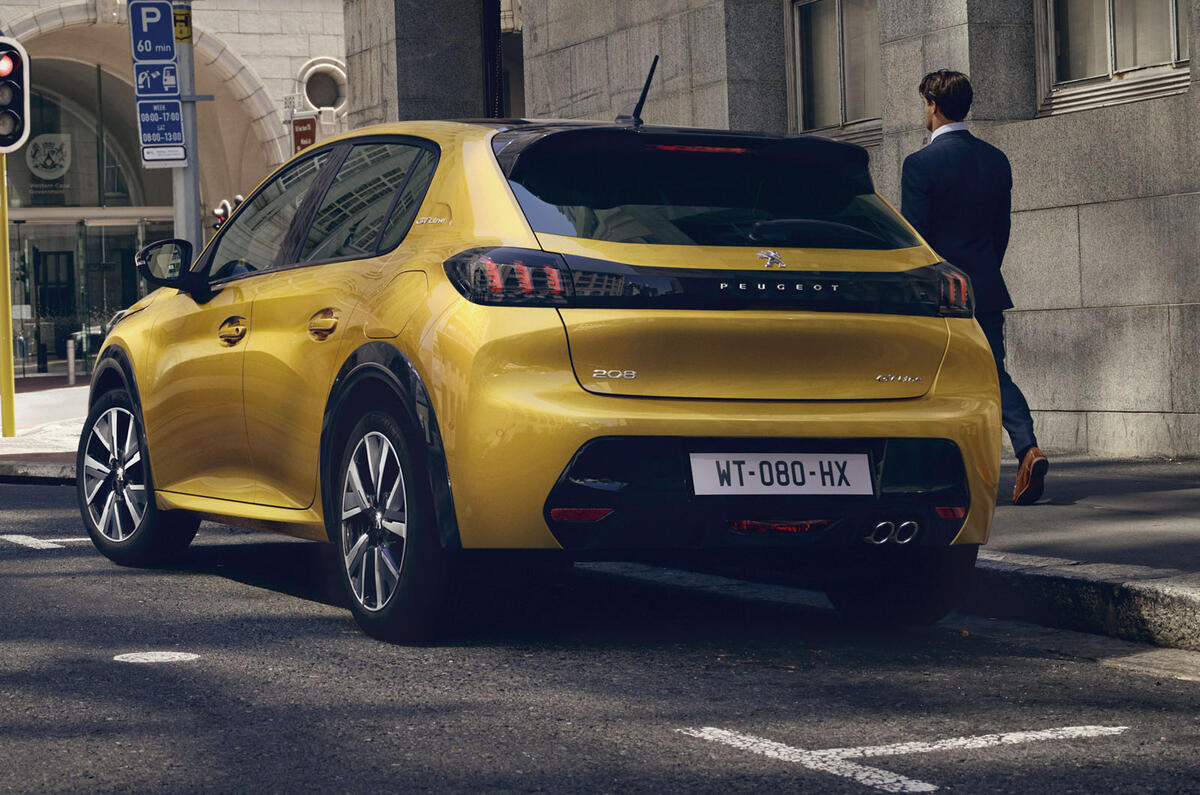
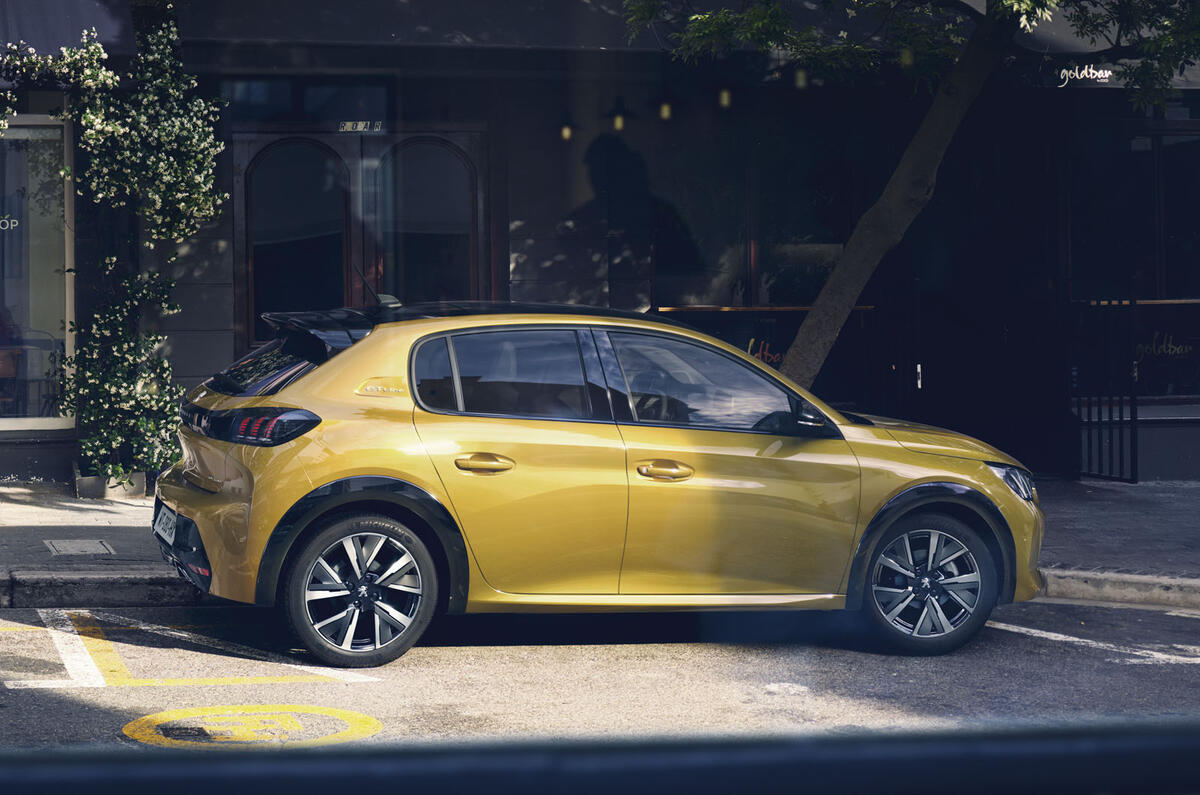
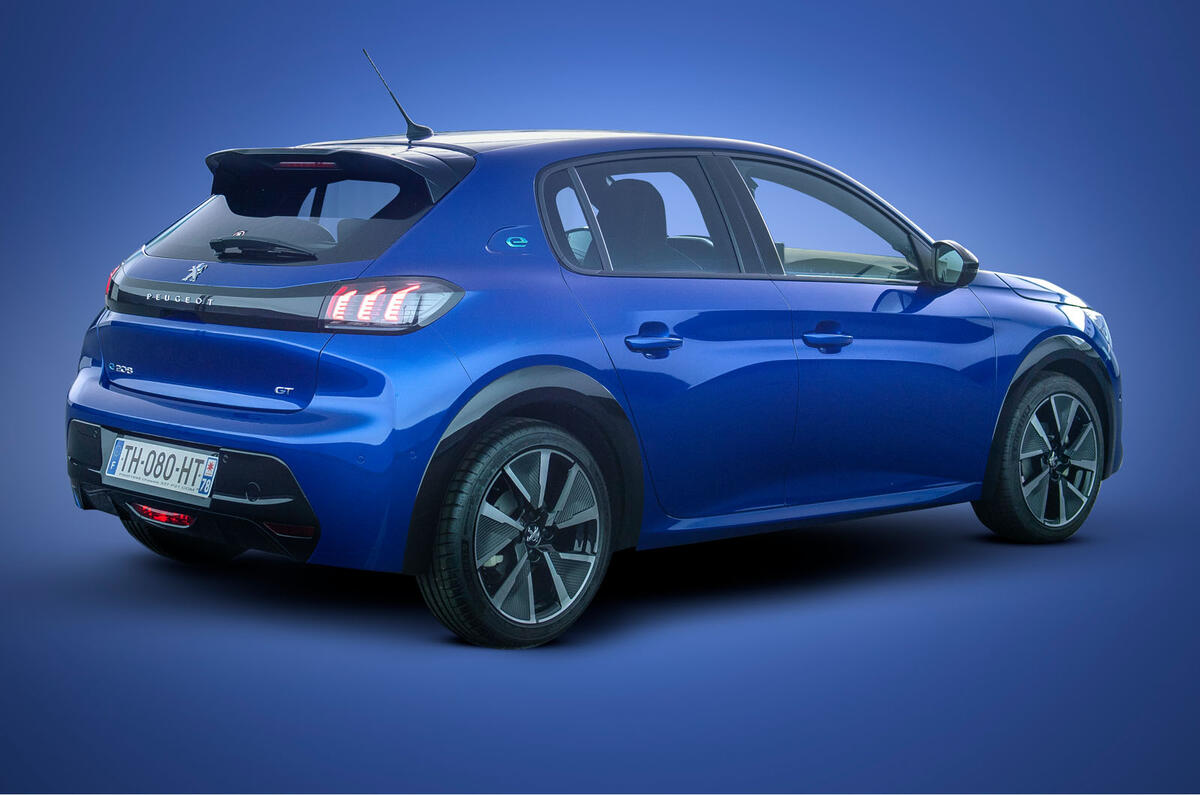
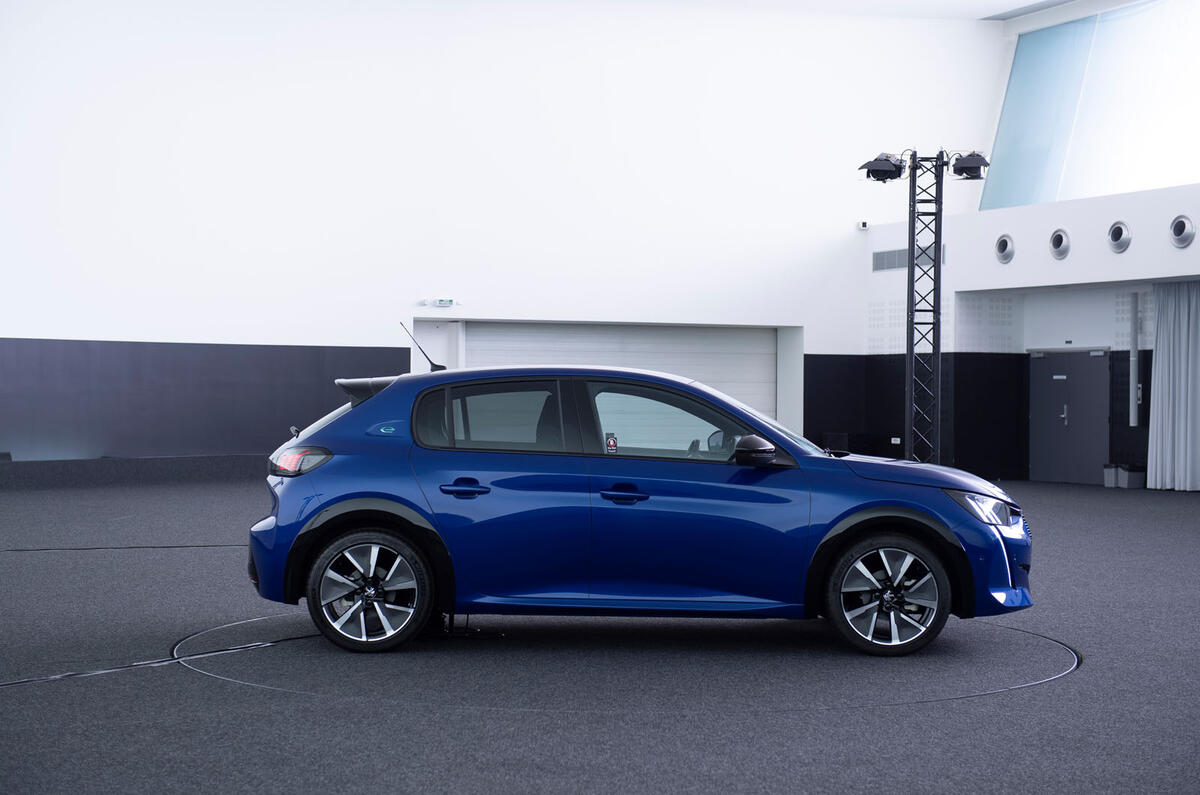
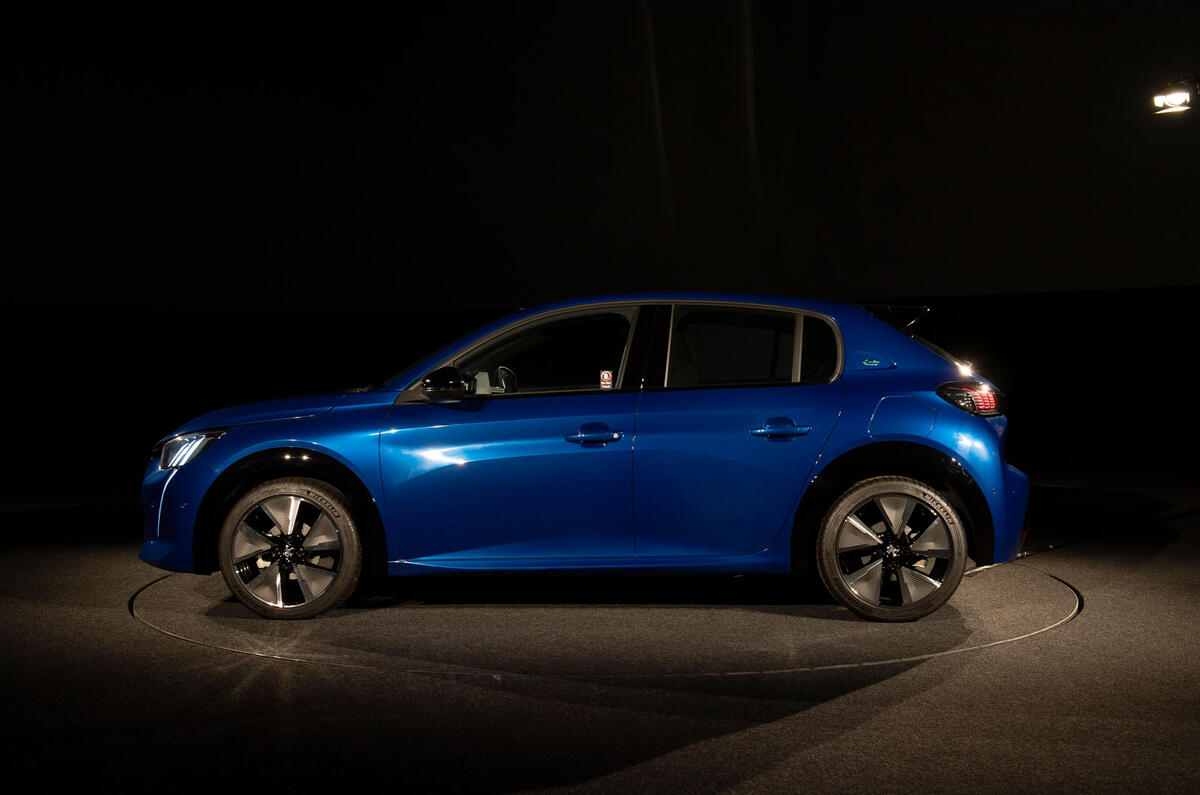
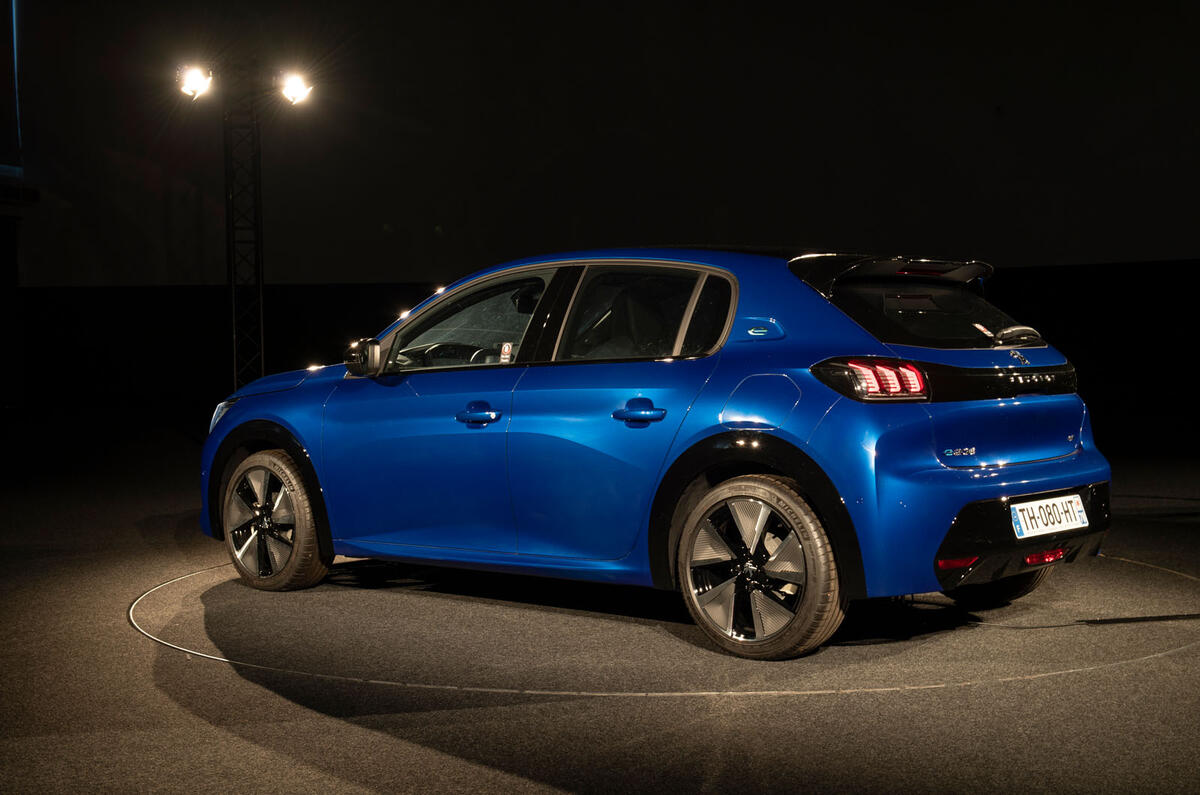
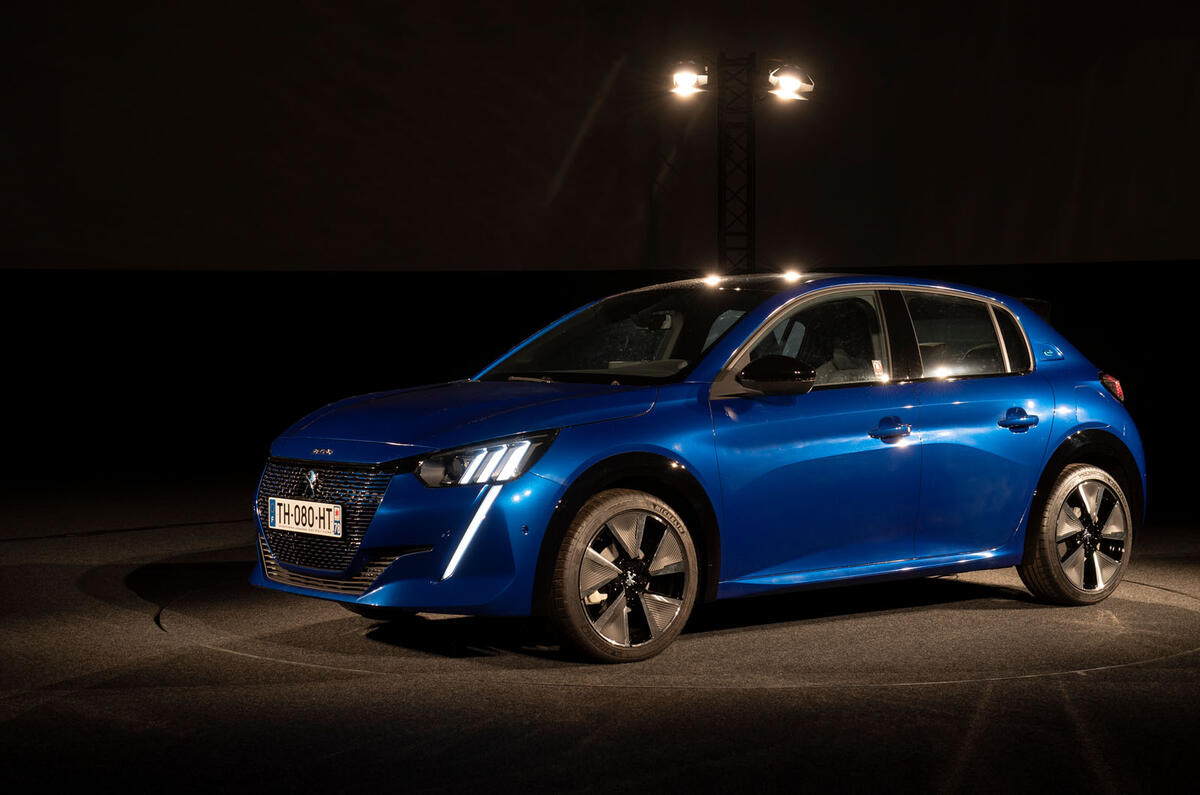











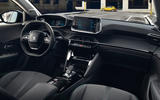
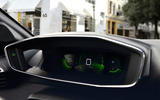
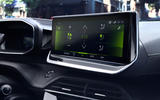


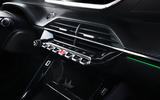
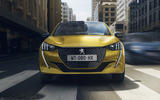






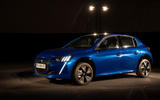



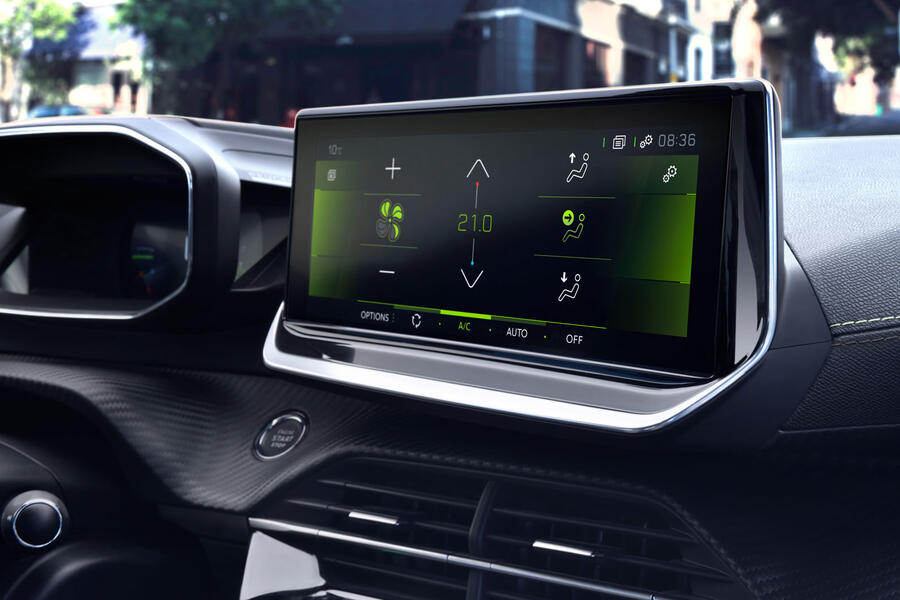
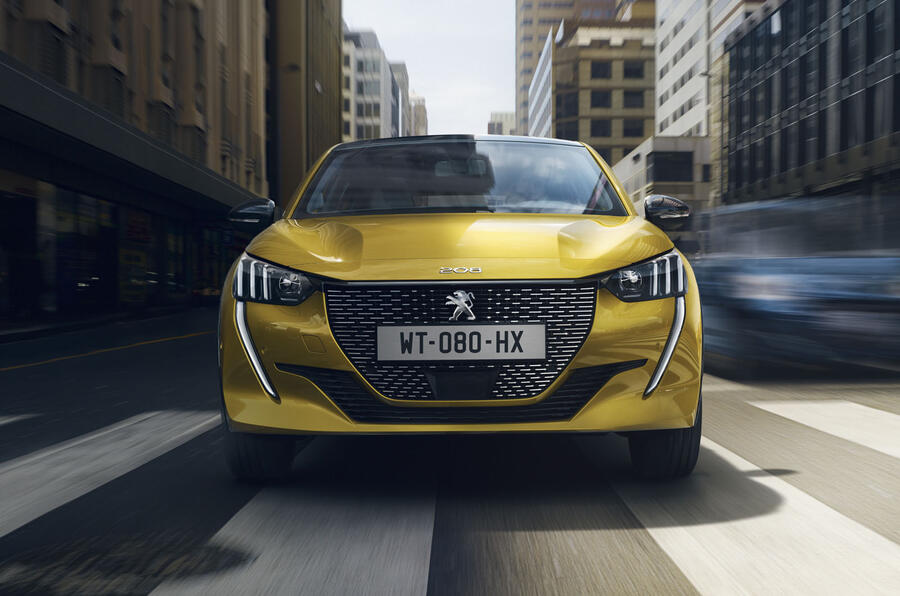
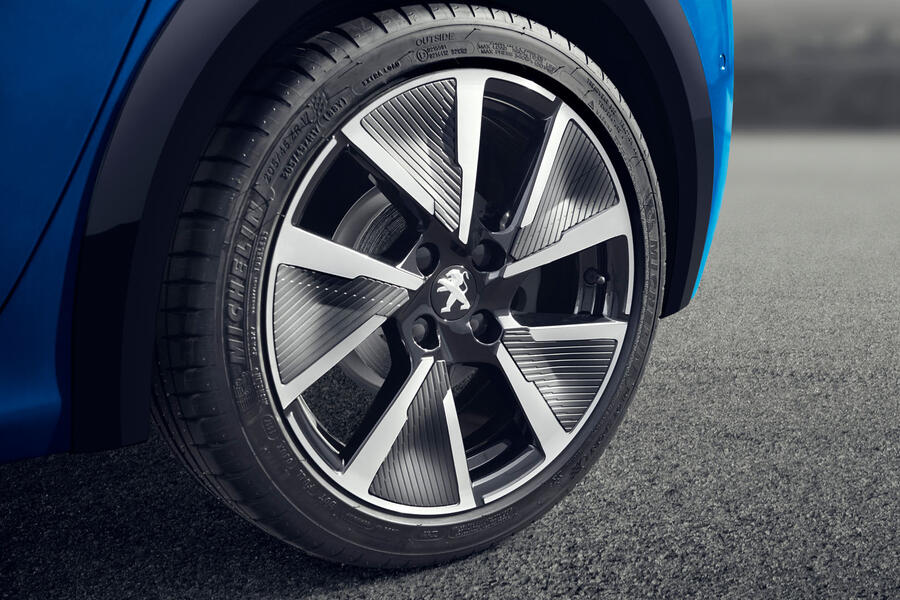





Join the debate
Add your comment
Obscene
£16,250 for a weedy 75BHP base trim supermini?! Have these greedy manufacturers gone nuts?
This relentless car price inflation is unsustainable - no wonder people are not buying new cars!
Watch Miz And Mrs 8/6/19
Watch Miz And Mrs 8/6/19 6th August 2019 Full Show Online Free
Wow expensive
£23,345 for a 128 bhp mini! That's almost £1,700 more than a basic Polo GTI. I dread to think how much the 208 GTI will cost.